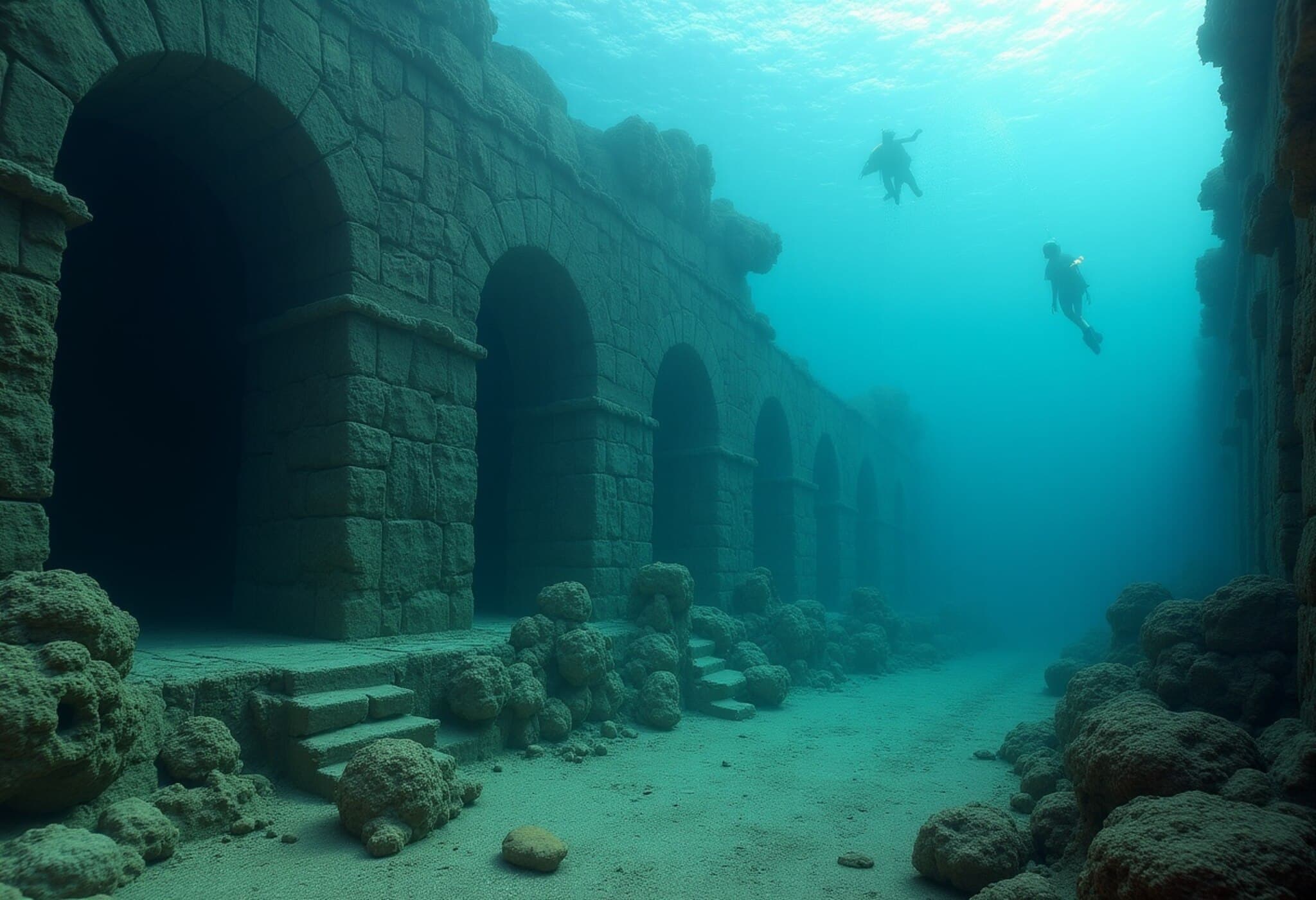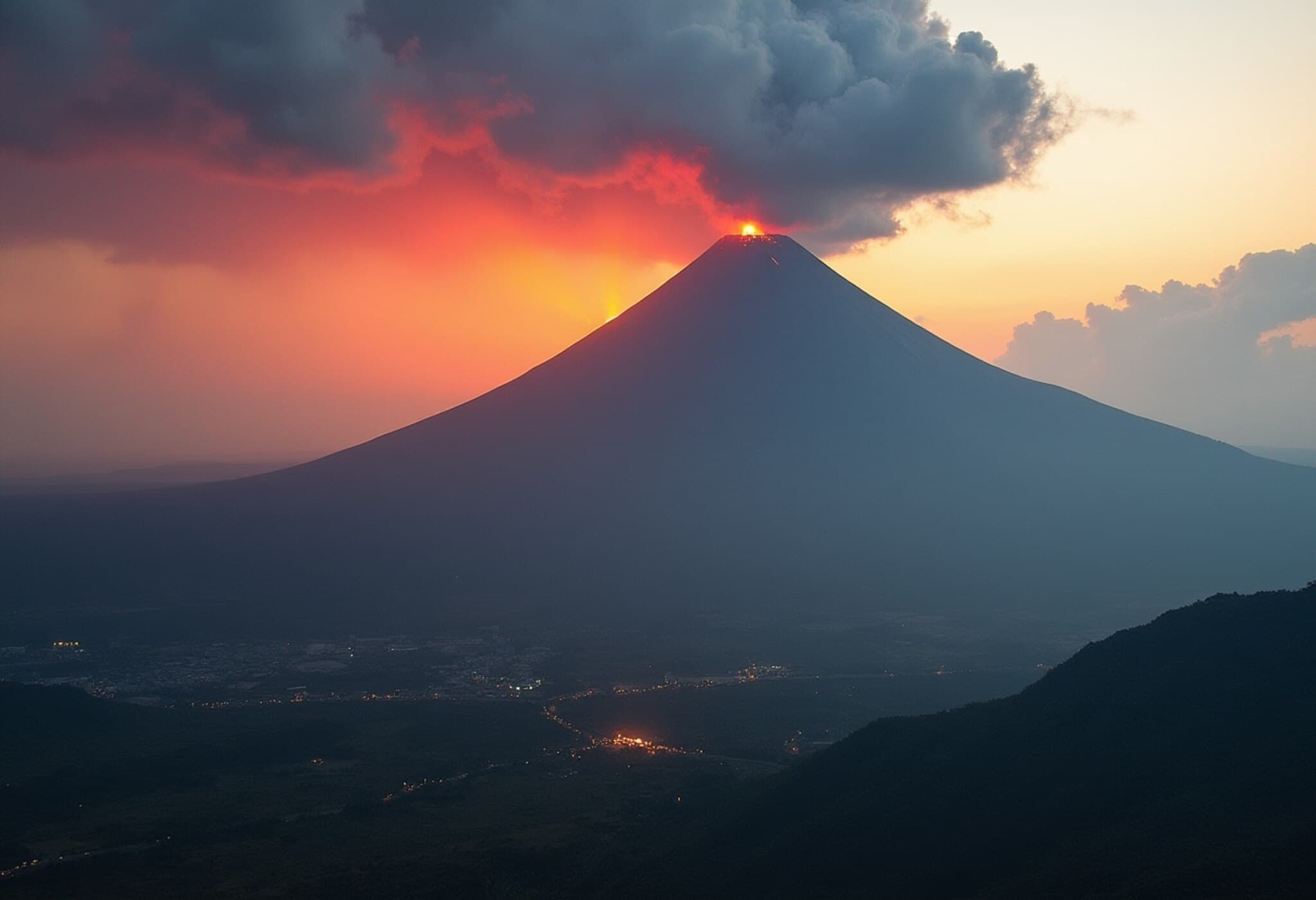Rediscovering Aenaria: Italy’s Lost Roman City Beneath the Waves
Off the vibrant coast of Ischia, an Italian island famed for its thermal springs and ancient history, lies a city long thought swallowed by legend and the sea. The sunken Roman city of Aenaria is not only emerging from its watery grave but inviting visitors to witness history firsthand via glass-bottom boats and snorkelling tours. This remarkable rediscovery sheds new light on Roman colonisation and maritime trade, altering historical narratives about the region.
From Myth to Maritime Marvel
For centuries, historians believed that while Ischia was a well-known Greek colony circa 750 BC, no Roman city had ever truly been established there. Roman-era texts like those from Pliny the Elder and Strabo referenced Aenaria, yet the physical evidence remained elusive, until now.
Archaeologist Dr Alessandra Benini explains, “It was widely assumed the Romans never built a settlement on Ischia. Discovering Aenaria challenges a long-standing misconception and expands our understanding of Roman expansion in the Mediterranean.”
The Submerged History: Tragedy and Loss
The city’s sudden disappearance is attributed to a volcanic eruption estimated around 180 AD. Unlike the documented destruction of Pompeii, Aenaria's eradication slid into obscurity, unrecorded in contemporary Roman annals. This volcanic event buried the city beneath layers of sediment, shielding it until modern technology and renewed determination brought it back into the light.
From 1970s Clues to 21st Century Breakthroughs
Initial underwater finds in the 1970s — fragments of pottery and lead ingots — hinted at a Roman presence but failed to reveal the city’s extent. It wasn’t until 2011, when local sailors and history enthusiasts reignited the search, that the massive Roman quay submerged two meters below sea level was finally uncovered. This discovery catalyzed a wave of excavations, powered largely by community-funded efforts.
Giulio Lauro, a local resident and leading figure in the excavation team, shares, “We started with nothing but faith. Finding Aenaria validated not just our efforts but the island’s forgotten past.”
Unearthing Aenaria: What the Ruins Reveal
- Mosaic tiles and decorated plaster illustrating the city’s artistic flair.
- Oil lamps, wooden combs, and fishing needles indicating daily life and commerce.
- Roman baths signalling a sophisticated residential setup.
- A 2020 shipwreck carrying military equipment, including a bronze swan-headed mooring post and lead sling bullets, suggesting naval strategic significance.
- Amphorae traced back to 12 Mediterranean production centers, confirming Aenaria as a key Roman trade hub.
Radiocarbon dating places the estuarine quay’s construction between 75 BC and AD 30, aligning with Rome’s expanding maritime dominance under the Republic and early Empire. The diverse origins of trade goods underscore a far-reaching commercial network, spanning from Campania to the Levant, even into Spain.
Engaging the Public: Experiencing History Underwater and Ashore
Visitors today have the unique opportunity to explore this submerged city in multiple immersive ways. Guided snorkelling and glass-bottom boat tours navigate the relics just below the surface, revealing ancient stone quays and shipwreck fragments. Meanwhile, onshore exhibitions showcase artifacts alongside interactive 3D reconstructions that transport audiences onto the sun-dappled streets of ancient Aenaria.
This public engagement not only enriches cultural tourism but also fosters a community connection to a shared Mediterranean heritage often overshadowed by more famous Roman sites.
Expert Insights: The Broader Implications
From a policy perspective, the Aenaria project highlights the importance of joint efforts between local stakeholders, archaeologists, and volunteers in preserving submerged cultural heritage. It demonstrates how sustainable tourism interwoven with archaeology can provide economic stimulus while safeguarding invaluable historical records.
Moreover, this discovery challenges scholars to rethink the geopolitical landscape of Roman maritime control, including how islands like Ischia functioned not just as tropical retreats but as militarized trade hubs — a nuance significant to understanding Roman naval strategy in the Mediterranean basin.
What Lies Ahead?
As excavations continue, questions remain about the full extent of Aenaria and the lives of its inhabitants. What social and economic structures kept Aenaria thriving before the eruption? How did its fall ripple through regional trade networks? Ongoing research may soon reveal these mysteries and more.
Editor’s Note
The resurgence of Aenaria beckons us to reflect on the fragile interplay between human civilisation and natural forces. It reminds us that beneath tranquil seas lie stories waiting to be told — narratives that are as vital today for understanding our past as they are for informing sustainable cultural preservation. This sunken city’s rebirth is a testament to the power of community-driven archaeology, offering lessons in resilience and rediscovery for the modern world.











